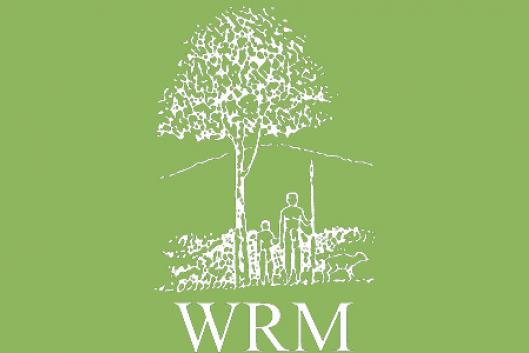Mt. Elgon is an extinct volcano that is the fourth highest mountain in East Africa. The Bagisu and Sabiny are the two ethnic tribes around the mountain. It has a total area of 2,504 Km² in which the protected area of Mt. Elgon covers approximately 2045 Km² with 1145 km2 comprising the Uganda side and 900 km² comprises the Kenyan side. (Source:en.wikipedia.org/wiki/Mount_Elgon_National_Park)
The Park was designated as a Protected Area in 1992 and is host to a diversity of at least 68 mammals, over 400 tree species, 300 prolific bird species, among others. The communities surrounding Mt. Elgon National Park have often borne the costs and rarely received the benefits associated with neighboring the Mt. Elgon Forest, hence have usually had little vested interest in the conservation and management of the forest resources. As a result, local peoples’ attitudes often have been biased against the forest ecosystem.
Communities living adjacent the park face a number of problems including:
* destruction of crops, livestock and properties by wild animals leading to low food production and income;
* abandoning homes for most of the day and night to protect crops, thereby forfeiting education and other activities;
* engaging in selective farming that doesn’t include major crops favored by wild animals;
* insecurity and fear of attack from wild animals and criminals that seek sanctuary in the National Park;
* summary execution by the park rangers;
* restriction on traditional user rights,
* restriction on livestock grazing,
* restriction on collecting firewood, building and construction poles, mushrooms, honey, grass for thatching and mulching, medicinal plants and bamboo shoots which is a delicacy,
* disappearance of fruit collection and hunting, traditional medicines and traditional agriculture. The end of self subsistence brings with it undernourishment and poor nutrition;
* wild fires from the park cross over to gardens and destroy crops and other properties and
* destruction of social structures and tradition of indigenous population with subsequent cultural impoverishment.
The future viability of protected areas in Mt. Elgon appears to hinge on the cooperation and support of local people. Communities on the frontline of protected areas endure a disproportionate burden of the costs associated with the conservation of protected areas. Their cooperation and support, in turn, depends on whether the areas can provide local communities with benefits that are sufficiently concrete for people to want to maintain the areas as reserves.
Local people in Mt.Elgon argue that Uganda Wildlife Authority (UWA) has encroached on their land, so they should be compensated to reduce the conflict, because no one will see the importance of a national park that serves the interest of the rich urban tourists and international tourists.
For community conservation efforts to be successful, government authorities must be convinced that the local people can use resources sustainably and the local people need to be assured that government will protect their rights and interests.
By Mwayafu M. David, Uganda Coalition for Sustainable Development, e-mail: mwayafud101@gmail.com, full document available at
http://www.wrm.org.uy/countries/Africaspeaks/Uganda_The_price_of_living_near_M
